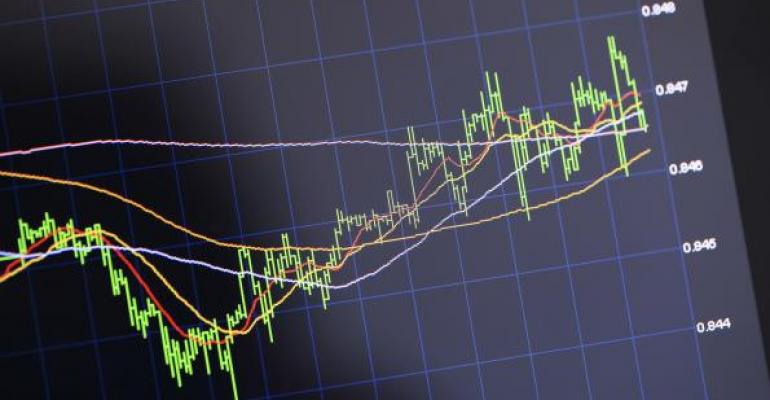“What goes up must come down.” So, supposedly, said Isaac Newton. It turns out what applies to physics also applies to financial markets.
So what went up? Well, about a month ago, we puzzled over the steepening contango in the Comex (CMX) gold market. That’s what went up. Big time.
Contango is the premium in the price of a futures contract over the spot, or immediate delivery, price of a commodity.

If, for example, spot gold is trading at $1,320 an ounce while bullion for December delivery changes hands at $1,325 an ounce, the contango’s said to be $5 an ounce. Why’s there a contango? For a storable commodity like gold, it’s mostly storage fees and the cost of money, the so-called “carrying charge.” It’s really nothing more than the cost of holding over a commodity for later delivery—until it isn’t.
Back in January, the one-year Comex contango was about 25 basis points (.25 percent of the spot price). Back then, gold was coming off a bearish run that had taken the metal’s price down to nearly $1,000 an ounce while interest rates ratcheted lower. As gold rebounded past $1,300 an ounce, the one-year spread shot up to nearly 180 basis points (see the chart above). Keep in mind that for the past half-dozen years, the contango averaged just 60 basis points.
Now, there are two things that can make a contango grow: an increase in carrying costs or excessive speculation. In our July 23 column, we demonstrated that carrying costs hadn’t appreciably increased this year. So that leaves us with only one reason for the skyrocketing spread: speculative fervor.
Well, sure enough, that’s what it was. And now, what went up is coming down. See the chart? The near-vertical decline in the contango warned of the August gold sell-off. Gold was a liquidating market for much of the month, but the tail end was really something to behold. There were five new lows made in August’s final seven trading days.
So why’s all this matter? Well, the futures market is a bellwether of physical market sentiment. And that, in turn, influences securities like the SPDR Gold Shares Trust (NYSE Arca: GLD).
Technically, this year’s movement in gold, and in turn GLD, is a bear market rally. If you look at the weekly GLD chart below, you can see the downtrend line going back to August 2011 is still intact. If you’re a long-term position holder, the recent speculative see-saw likely matters little.

But if you’re a trader with a recent entry point or are leveraged, you might have reason to be concerned. GLD has been dancing on some support levels and could sell off to deeper strata. Based on the charts, a bearish objective of $119, representing a 6 percent decline from Friday’s close, is in sight.
Of course, just because something is on the horizon doesn’t mean you’ll intersect with it. Still, it’s good to have it on your radar screen so you take measures to sidestep it.
Brad Zigler is WealthManagement.com's Alternative Investments Editor. Previously, he was the head of Marketing, Research and Education for the Pacific Exchange's (now NYSE Arca) option market and the iShares complex of exchange traded funds.





